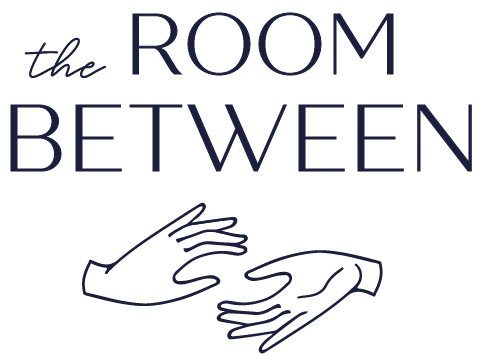Almost everyone we work with at The Room Between has experienced trauma. That’s because trauma is much more common than you might think.
We often have set ideas about what trauma is, associating it with a big one-off event, perhaps something experienced by multiple people.
But trauma is much more common and complex than that.
Defining trauma
Google “trauma” and you’ll find plenty of neat and tidy definitions.
Mind put it simply as “going through very stressful, frightening or distressing events”, whilst the UK Trauma Council describe it as experiencing events “so extreme or intense that they overwhelm a person’s ability to cope, resulting in lasting negative impact”.
Our definition of trauma is more personal: trauma is anything that makes you feel powerless.
Trauma is an incredibly personal and subjective experience that everyone can, and should, define differently.
Even when many people have experienced the same event, for example with Covid-19, the impact it has and how we respond will be different for every single person.
How trauma shows up
A traumatic experience can happen at any point in our lives, and we may feel its impact at a different time than the experience itself.
Someone that’s highly driven in their career, for example, might have experienced the trauma of growing up in poverty with their current success motivated by a fear of returning to that state of poverty and insecurity.
Going through a medical examination may suddenly bring back a traumatic experience like childhood sexual abuse.
Even a “happy” event like a pregnancy scan may leave us overwhelmed by the trauma of previous pregnancy loss.
Trauma isn’t one isolated, “big”, incident. It’s something we’ve experienced that we felt unable to cope with that can show up for us at different times and in different ways.
What people think trauma therapy should be like
When people think of trauma therapy, they expect to describe and explore the trauma in detail.
There’s a school of thought that believes it’s essential to “process” the trauma, revisiting the traumatic experience or series of events in the hope of gaining understanding and minimising the trauma’s hold on you.
For some people, having the opportunity to talk about what they went through is vital. But just like the trauma itself, it’s different from person to person.
Our approach to trauma therapy
We don’t approach client sessions with any expectations about what someone “must” talk about or what they “should” explore.
Therapy sessions should be a safe, secure space. Pushing someone into discomfort undermines that sense of safety and perpetuates the same feeling of powerlessness that the trauma created in the first place.
People often come to us because something in the present has triggered them. Rather than exploring the trauma, their main goal might be to stabilise themselves and their present relationships – or “go back to my normal” as many people describe it.
To create a safe trauma therapy experience, we listen to what you want. We use the three phase approach to trauma therapy flexibly alongside a range of other approaches to help you get there.
The three phase approach to trauma therapy (Janet cited in Rothschild, 2010)
The three phases include:
- Improving current relationships by creating a feeling of stability and safety
- Using either talking therapy or techniques like EMDR to process the trauma
- Integrating what you’ve learned into your day-to-day life
There’s a common misconception that you must do all three phrases and that you need to do them in a certain order, but that’s not the case.
Some people will cover all three areas, whereas for others, improving their current relationships is enough. It’s not a prescriptive approach.
What to look for in a trauma therapist
There are lots of different aspects to trauma, and being able to draw on different techniques depending on your goals can be helpful.
Look for someone trained in a broad range of approaches, such as a Clinical Psychologist, to make sure sessions are tailored to your needs.
Whoever you work with, maintaining a sense of safety is the top priority. If you find the conversation is becoming too much, your therapist should be able to help you pause and navigate back to that safe space.
Getting support
There’s no one magic technique or correct therapy style when it comes to trauma. What we define as traumatic and how trauma shows up for us is incredibly personal. To be effective, trauma therapy needs to reflect the needs and limits of each person.
You can find out more about how we can support you with different types of trauma and other experiences on the website or get in touch to find out more about The Room Between and how we work.


